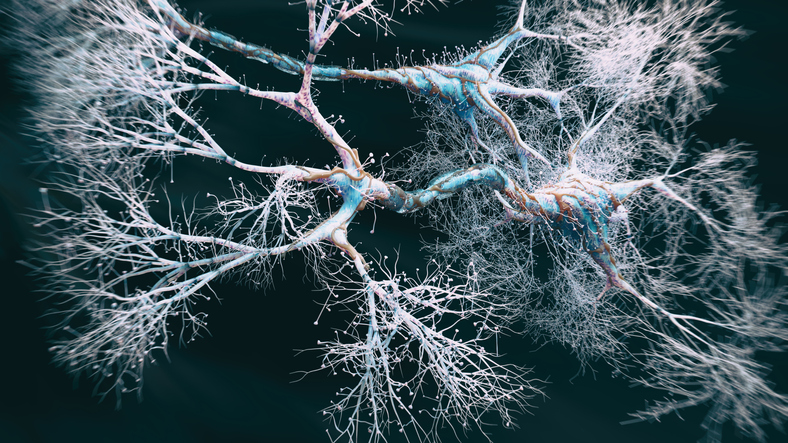Pain
Progressive Muscular Atrophy (PMA) Versus Amyotrophic Lateral Sclerosis (ALS)

Progressive muscular atrophy (PMA) and amyotrophic lateral sclerosis (ALS) share many similarities. Both are motor neuron diseases (MNDs) that cause muscle weakness. PMA is much less common than ALS; however, some individuals with PMA eventually develop ALS.
Involvement of motor neurons
Although PMA and ALS are both MNDs, they are distinct conditions. The main difference between the two diseases is the specific nerve cells (upper and/or lower motor neurons) affected. PMA affects only the lower motor neurons, whereas ALS involves both upper and lower motor neurons. Ordinarily, upper motor neurons send signals from the brain to lower motor neurons in the brainstem and spinal cord. The lower motor neurons then transmit these signals to the muscles to produce movement.
Differences in signs, symptoms, and risk factors
Damage to upper motor neurons produces different signs and symptoms than damage to lower motor neurons. For example, damage to the upper motor neurons causes muscle spasticity and a positive Babinski reflex (stroking the outer part of the sole of the foot causes the big toe to bend back and the other toes to fan out). Anyone over the age of 2 (without any neurological issues) should have a negative Babinski reflex (stroking the outer part of the sole of the foot causes all the toes to curl inward as if trying to grab something).
Symptoms and progression of PMA are also somewhat different from ALS. PMA muscle weakness typically begins in the hands; ALS muscle weakness typically begins in a limb or the mouth or throat muscles. ALS also involves rapid loss of muscle control, whereas PMA progresses more slowly.
Men are slightly more likely than women to be diagnosed with ALS. However, men account for the majority of PMA cases.
Potential change of diagnosis
Approximately 20% of individuals who are diagnosed with PMA eventually develop upper motor neuron symptoms, at which point their diagnosis is changed to ALS with lower motor neuron onset. For this reason, some scientists suggest that PMA should be part of the ALS spectrum rather than categorized as its own distinct condition.



















